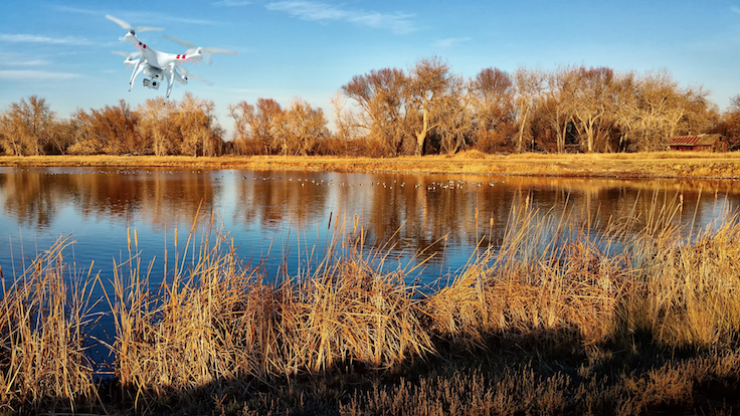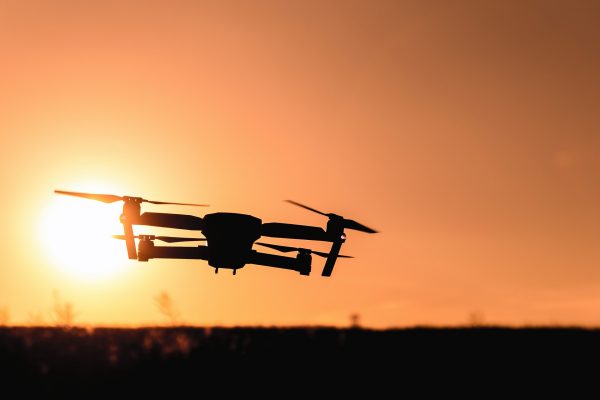
The FAA (Federal Aviation Administration) is cracking down on drone use near important monuments and dams in the US. This includes the Statue of Liberty and Hoover Dam.

At the request of U.S. national security and law enforcement agencies, the Federal Aviation Administration (FAA) is using its existing authority under Title 14 of the Code of Federal Regulations – “Special Security Instructions” – to address concerns about unauthorized drone operations over 10 Department of the Interior (DOI) sites.
This is the first time the agency has placed airspace restrictions for unmanned aircraft, or “drones,” over DOI landmarks. The FAA has placed similar airspace restrictions over military bases that currently remain in place.

The FAA and DOI have agreed to restrict drone flights up to 400 feet within the lateral boundaries of these sites:
Statue of Liberty National Monument, New York, NY
Boston National Historical Park (U.S.S. Constitution), Boston, MA
Independence National Historical Park, Philadelphia, PA
Folsom Dam; Folsom, CA
Glen Canyon Dam; Lake Powell, AZ
Grand Coulee Dam; Grand Coulee, WA
Hoover Dam; Boulder City, NV
Jefferson National Expansion Memorial; St. Louis, MO
Mount Rushmore National Memorial; Keystone, SD
Shasta Dam; Shasta Lake, CA
The restrictions will be effective October 5, 2017. This doesn’t mean that you can’t fly a drone over these places at all, but it is going to ensure that the casual flyer won’t be able to. There will be a few exceptions that permit drone flights within these restrictions, but they must be coordinated with the individual facility and/or the FAA.

To ensure the public is aware of these restricted locations, the FAA has created an interactive map online. The link to these restrictions is also included in the FAA’s B4UFLY mobile app. The app will be updated within 60 days to reflect these airspace restrictions. Additional information, including frequently asked questions, is available on the FAA’s UAS website.
Operators who violate the airspace restrictions may be subject to enforcement action, including potential civil penalties and criminal charges.





